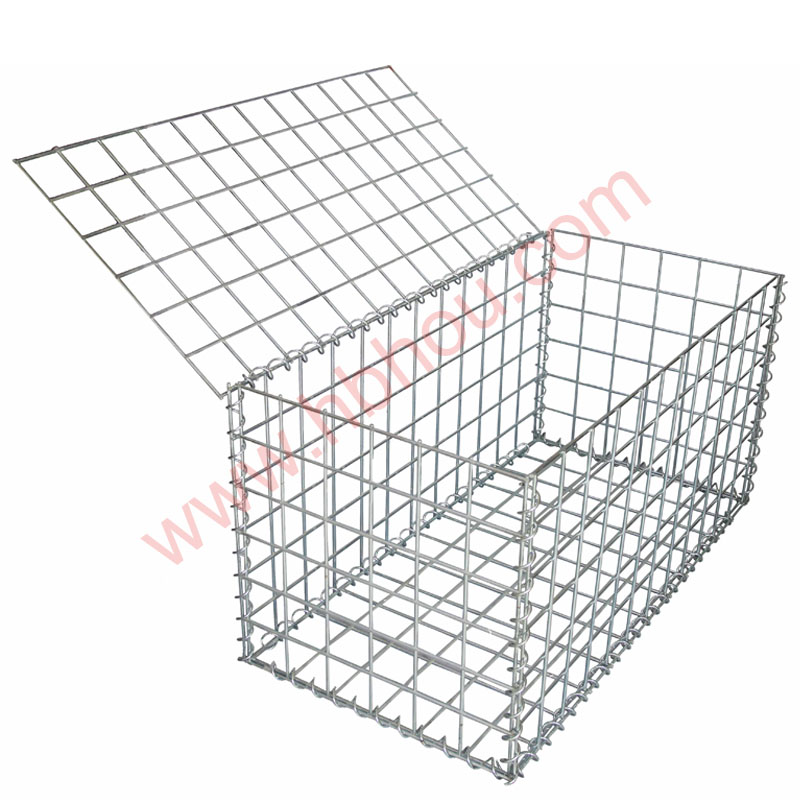The Importance of Cattle Fencing Protecting Livestock and Fields
Cattle farming is a vital part of agriculture that requires careful attention to various elements, including land management, animal welfare, and financial viability. One of the most significant aspects that can determine the success of a cattle operation is the use of effective fencing. Cattle fencing is not merely a boundary marker; it serves multiple crucial purposes in managing livestock and maintaining the integrity of agricultural land.
The Role of Cattle Fencing
1. Safety of Livestock One of the primary functions of cattle fencing is to ensure the safety and security of the cattle. Fences prevent livestock from wandering into dangerous areas such as roads, water bodies, or neighboring farms. This not only protects the animals from potential harm but also reduces the risk of accidents involving vehicles or other hazards. In addition, proper fencing helps minimize stress among cattle, as they feel more secure within a confined area.
2. Protection of Crops Cattle can be notoriously curious and will often graze on crops if given the chance. Having a sturdy fence in place protects valuable crops from being eaten or trampled. This is particularly important in mixed farming systems where both livestock and crops are cultivated. By keeping cattle within designated grazing areas, farmers can manage their fields more effectively and optimize production.
3. Preventing Overgrazing Fencing allows farmers to implement controlled grazing systems, which can greatly enhance pasture management. By rotating cattle between different grazing areas, farmers can prevent overgrazing in any one spot, allowing forage plants to recover and regenerate. This not only sustains the pasture health but also improves the nutritional quality available to the cattle.
4. Biosecurity Fencing plays a crucial role in biosecurity measures on cattle farms. Effective fencing can help control the movement of wildlife and other animals that could introduce diseases or parasites into the herd. By limiting contact between cattle and other animals, farmers can better safeguard their livestock’s health, thus enhancing overall farm productivity.
5. Legal Boundaries Fencing also delineates property boundaries, which can help prevent disputes with neighbors. It is essential for farmers to know where their land ends and where others’ begin to avoid legal complications related to grazing rights or land use. Well-maintained fencing serves as a clear visual indication of these boundaries, which can be particularly important in rural areas where land is often shared or adjacent to one another.
cattle fence

Types of Cattle Fences
Cattle fencing comes in various types, each with its own advantages and disadvantages. The most common types include
- Barbed Wire Fencing This is a popular choice due to its effectiveness and relatively low cost. However, it can be harmful to animals if they get caught in the wires.
- Electric Fencing This type of fence uses a low-voltage electric current to deter cattle. It is effective and can be easier to install than traditional methods. However, it requires regular maintenance to ensure it is functioning correctly.
- Wooden Fencing While aesthetically pleasing, wooden fences can be expensive and require significant maintenance. They are durable and offer a solid barrier for cattle.
- Steel or Woven Wire Fencing This type is robust and can withstand considerable pressure, making it an excellent choice for containing larger herds.
Conclusion
In summary, cattle fencing is a critical aspect of effective cattle management. It offers a range of benefits that contribute to the safety and well-being of livestock, protects crops, enhances pasture management, supports biosecurity measures, and defines property boundaries. Investing in the right type of fencing can save farmers time and money while ensuring that their operations run smoothly. As the agricultural landscape evolves and the demand for sustainable farming practices grows, the importance of well-planned and maintained cattle fencing cannot be overstated.
















